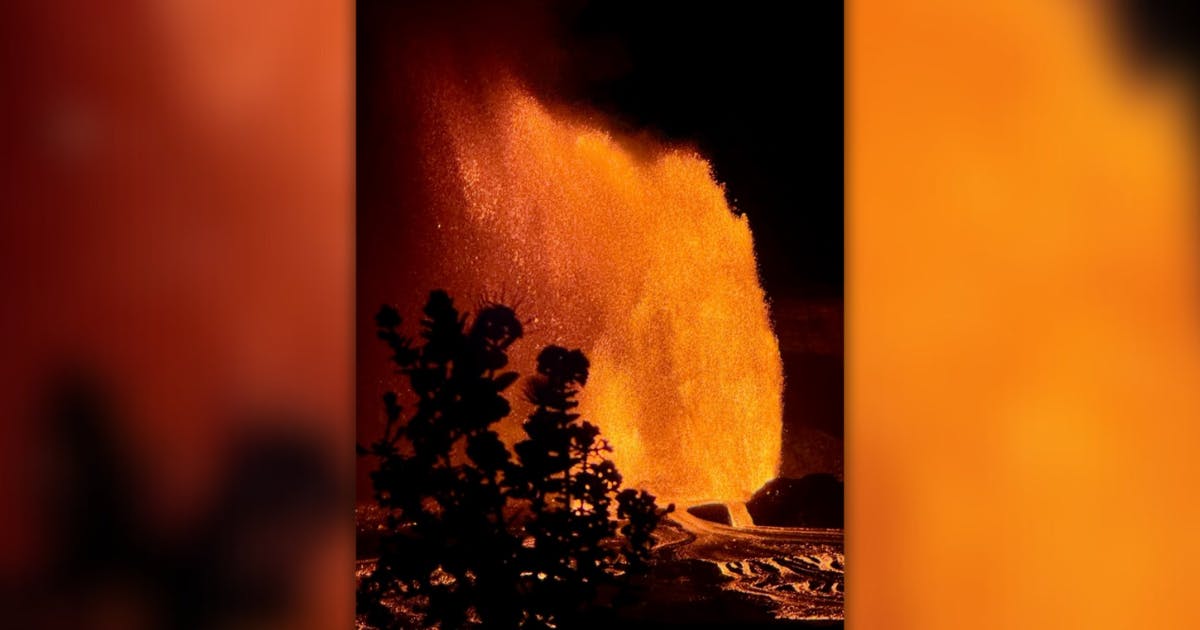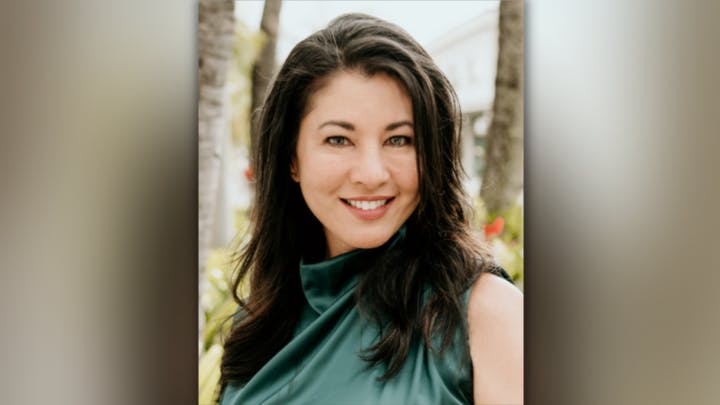
Photo courtesy Rich Matsuda
By: Rich Matsuda
We watched lava fountaining 1,000 feet into the sky and heard the roar of Pele’s immense powers of destruction and creation. We stood in awe and reverence.
In reflection, I realized the duality of Pele’s powers mirrors the work I’m engaged in right now.
I’m honored to lead the W. M. Keck Observatory as its first kamaʻāina director. The team here approaches our work with equal reverence for Maunakea, the sacred ʻāina unlike any other on Earth upon which we are humbled and grateful to conduct our research, and for the wonders revealed by the universe and what that knowledge teaches humanity.
The NASA funding for operating our telescopes that provides access to astronomers across the U.S. is zeroed out in the administration’s proposed 2026 budget. This is one of many cuts threatening science across the board with potentially devastating impacts for Hawaiʻi. Like many other organizations, we are advocating in the halls of Congress to reverse these cuts. We are also contingency planning and seeking alternative sources of funding to sustain our mission and the educational and workforce opportunities in Hawaiʻi. I ask, how might we link arms and stand together across the different fields and knowledge systems of science?
As destruction looms in the arena of federal support for science, something new is being created for Maunakea and the community. The Maunakea Stewardship and Oversight Authority, established by law in 2022 by the Hawaiʻi State Legislature, is midway through a five-year transition to reform governance “to protect Maunakea for future generations by fostering a mutual stewardship paradigm in which the ecosystem of natural resources, cultural practices, education and science is in balance and synergy.”
The authority brings an overdue, transformative paradigm shift for stewardship of important, sacred public lands. The authority’s strategic framework is rooted in the core values of Mauna Aloha, ʻŌpu Kupuna, Holomua ʻOi Kelakela, Kānāwai, ʻOhana, and Kuleana. I am honored to serve alongside a diverse group of deeply rooted and committed board members with aloha for Maunakea.
With such a transformative shift comes resistance to change. Without these bold shifts, how might we who dare to care about ʻāina stewardship for future generations create the governance systems we so badly need?
I’ll close with an ʻōlelo noʻeau shared by a close friend: Puʻuhonua ka ʻike i ke aʻo a ka make. Refuge is found in the wisdom gained through hardship.
While my work at both the observatory and with the authority is proving to be the most dynamic and challenging in my career, I take refuge in the fact that it sharpens focus on what is most important, and connects me to amazing, resilient, creative, and passionate people. I invite you to follow the journey and engage with us. Mahalo nui.
This story appears in the July & August 2025 issue of Taking on Tomorrow.
Vibrant Hawai‘i, led by Omidyar Fellow Janice Ikeda, shares about their new initiative inspired by a wave of community-led transformation on Hawai‘i Island.
